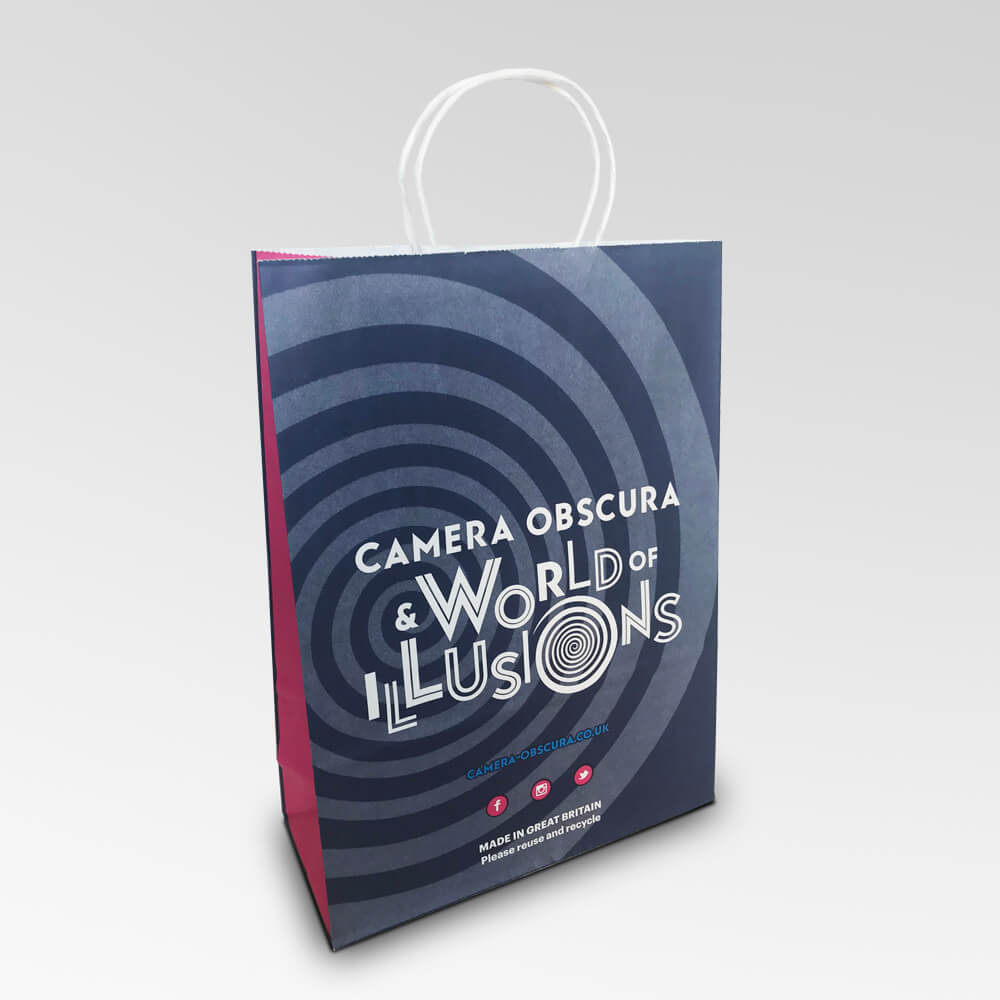The Art of Folded Flyer Design Captivating Audiences through Creative Presentation
In the world of marketing and advertising, the way information is presented can often be just as important as the content itself. Folded flyers, with their unique ability to combine visual appeal and informative value, have become a popular choice for businesses, events, and organizations looking to make a lasting impression. The art of folded flyer design involves a blend of creativity, strategic planning, and an understanding of the target audience. In this article, we will explore the key elements that contribute to effective folded flyer design and how they can be leveraged to engage and captivate audiences.
Understanding the Folded Flyer Format
A folded flyer, as the name suggests, is a piece of printed material that has been folded into sections, allowing for multiple panels of content. This format can range from simple bi-folds to more complex tri-folds, Z-folds, or even accordion folds. Each of these formats offers distinct advantages in terms of layout and organization of information.
The choice of fold type typically depends on the information that needs to be conveyed. For instance, a tri-fold design works exceptionally well for brochures that need to present multiple segments, such as services, testimonials, and contact information. On the other hand, an accordion fold can be a striking choice for events, where each panel can unfold a new aspect of the experience being promoted.
Captivating Design Elements
1. Visual Hierarchy The layout of the flyer should guide the reader’s eye through the most important information first. This can be achieved through varying font sizes, colors, and the strategic placement of images. Headlines should be bold and attention-grabbing, while supporting text remains legible and easy to digest.
2. Color Palette Colors evoke emotions and can significantly influence how a message is perceived. When choosing a color scheme for a folded flyer, it’s important to align the colors with the brand identity and the message being conveyed. Complementary color schemes can create a harmonious look, while contrasting colors can highlight critical information.
3. Imagery and Graphics High-quality images can significantly enhance the appeal of a folded flyer. They not only break up text but also provide visual context to the information being shared. Graphics, such as icons or infographics, can simplify complex data, making it more accessible to the reader.
4. Clear and Concise Copy While the visuals are vital, the copy needs to be equally engaging and informative. Using clear, concise language with a friendly tone can foster a connection with the audience. Bulleted lists or short paragraphs are recommended for easier reading. Importantly, a strong call to action (CTA) should guide the reader towards the next steps, whether it’s visiting a website, signing up for an event, or making a purchase.
folded flyer design

Practical Considerations
When designing a folded flyer, various practical considerations come into play
- Size and Material The choice of paper and size can affect the perception of your flyer. Thicker paper may convey quality and durability, while a standard size might be more cost-effective for large distributions.
- Print Quality Invest in high-quality printing to ensure that colors are vibrant and images are sharp. Poor print quality can detract from the overall effectiveness of the flyer.
- Distribution Strategy Consider how and where the flyers will be distributed. A well-designed flyer may not achieve its purpose if it doesn’t reach the intended audience. Placing them in strategic locations or incorporating them into direct mail can maximize visibility.
Testing and Adjusting
Finally, it’s essential to test and gather feedback on the folded flyer design. A/B testing different versions can provide insight into what elements resonate best with the audience, allowing for adjustments that enhance effectiveness.
Conclusion
The design of folded flyers is an intricate dance between creativity and strategy. By understanding the format, leveraging captivating design elements, considering practical choices, and remaining flexible through testing, designers can create impactful folded flyers that attract attention and effectively convey their message. In an increasingly digital world, a thoughtfully designed printed piece can stand out, leaving a memorable impression on its audience.



